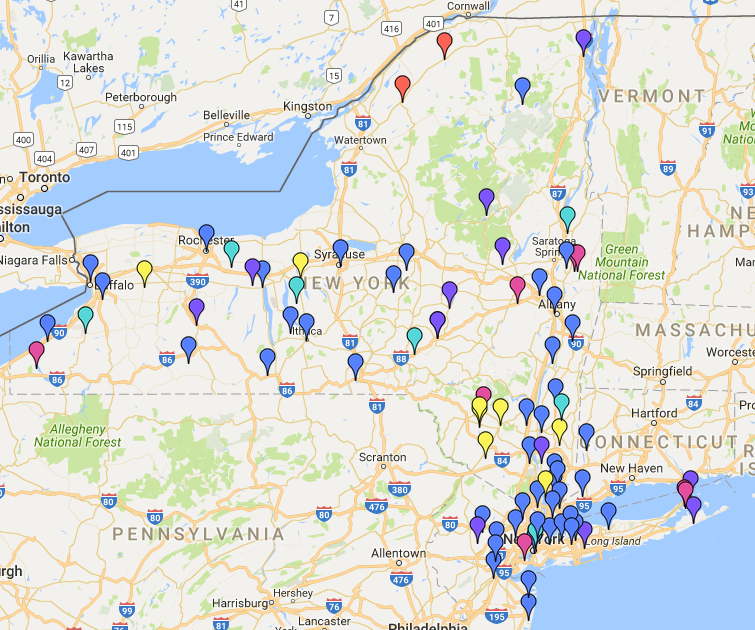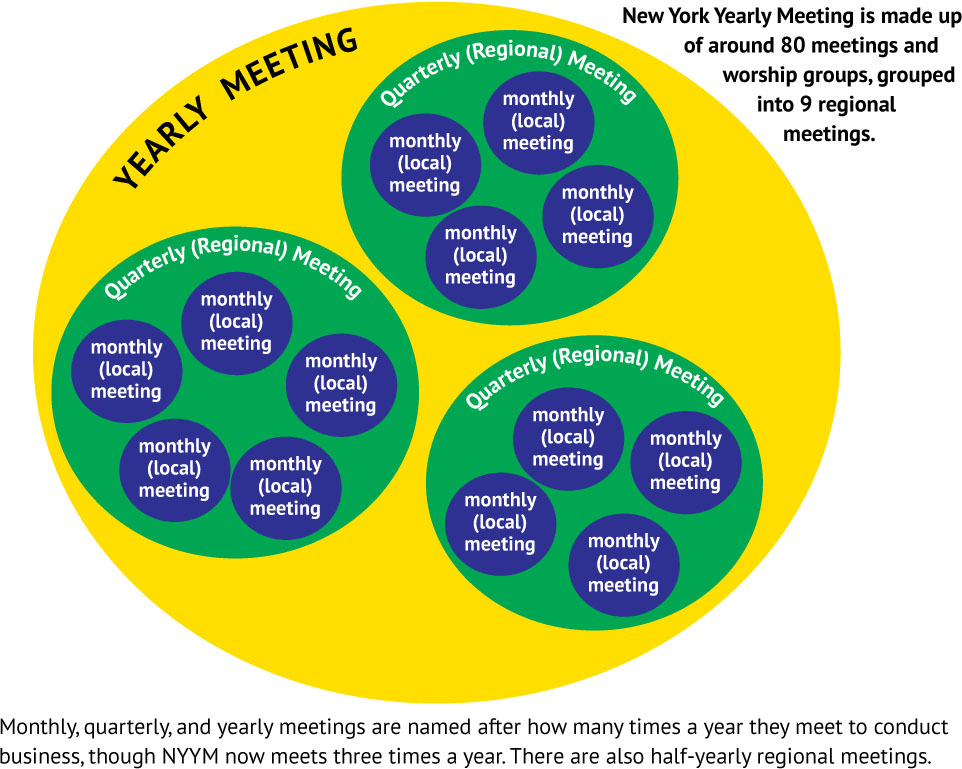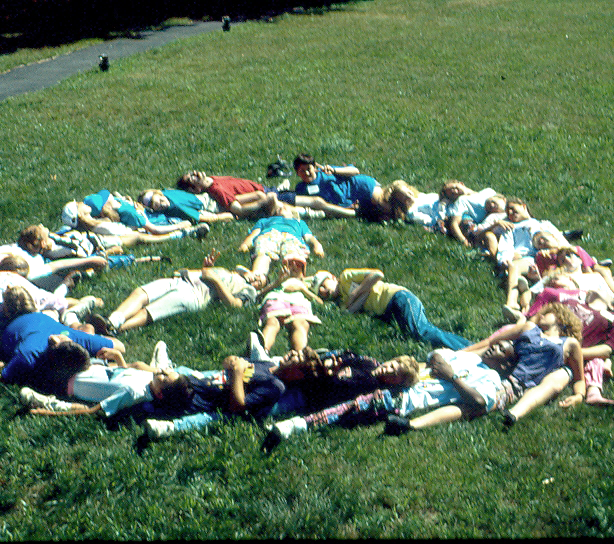COMMUNICATIONS COMMITTEE (2008)
Purposes and Objectives
The committee serves the Yearly Meeting by facilitating communication throughout the year, using a variety of communication tools to nurture and inform Friends. Such communication includes gathering and sharing regional and monthly meeting news and concerns and distributing infor-mation pertaining to wider Quaker groups (e.g., FGC, FWCC, FUM, AFSC) as appropriate. The functions and activities required for communications are carried out in the main by the staff; the committee sets policies, provides guidance and advice, and helps out as way opens..
Functions & Activities: Staff
- The communications director edits and produces Spark, the online newsletter InfoShare, this Handbook, and the Yearbook, including the Advance Reports. Staff makes sure these are issued in a timely manner and makes them available to Friends in various media as required (including Internet versions). Spark, the Yearly Meeting newsletter, is published five times a year (in January, March, May, September, and November). InfoShare is issued six times a year (in February, April, June, Summer, October, and December) to provide a vehicle for “late-breaking” news and additional material.
- The staff maintains and updates Faith and Practice on the Web site and takes care of typesetting and printing of new editions.
- The staff is responsible for the Yearly Meeting membership database and maintains distribution lists for communications it sends out. The database includes e-mail addresses.
- The staff sends out global messages in accordance with guidelines approved by the General Services Coordinating Committee. The staff interprets their application as necessary so that all widespread communications are coordinated by a single committee (staff may consult with the Communications Committee if they wish).
- The communications director updates the electronic version of the Handbook and sends printed change pages to Handbook owners as soon as changes are received from the coordinating committee for the section. The Handbook is a living document distributed to monthly meeting clerks, Yearly Meeting officers, and clerks of all Yearly Meeting committees. Committees change their entries with some frequency, and changes need to be made promptly. The Handbook exists in print and in electronic form on the Web site.
- The staff cooperates with other Yearly Meeting committees to improve communications and, upon request, consults with them in such areas as editing, production, and distribution (including posting on the Web site).
Functions & Activities: Committee
- Committee members are asked to help find material from their local meetings and to encourage people to submit material for the Web site and the newsletters.
- The committee reviews the information for Spark and consults with staff about submitted material where there is a question of suitability or considerations of space. The commit- tee reviews and approves printing of Letters to the Editor. The committee members also consult with staff on suggestions for improvements and additions to Spark and other documents. When needed, committee members sometimes do proofreading, copyediting, and coordination of themed issues.
- The committee suggests material for InfoShare and advises on distribution questions. t promotes knowledge and use of InfoShare within the members’ local meetings.
- The committee advises staff on editorial needs, production, and possible methods of distribution of new manuscripts submitted, and in determining the potential value of such manuscripts to the Yearly Meeting. The committee advises staff on NYYM's Web presence and explores the potential for other forms of technology for member outreach.
- The committee advises staff on content and use of the membership database and receives and reviews requests for it. Final authority lies with the General Services Coordinating Committee. The committee regularly reviews the number of changes to the Handbook and when necessary approves printing a new edition.
- Faith and Practice is updated whenever the Faith and Practice Committee directs staff to do so, and the Communications Committee decides when to issue new editions or reprints.
- Requests for staff consultation with New York Yearly Meeting groups or requests for printing or reprinting materials are reviewed by the committee, which recommends priorities and approves guidelines and deadlines.
Organization & Method of Appointment
The committee is composed of six people plus, ex officio, the Spark editor and Web site coordina-tor. Members are appointed by the Yearly Meeting for three-year terms upon the recommenda-tion of the Nominating Committee, two being appointed each year. Members of the committee are expected to be familiar with some aspect of communication: electronic, print, or other media.
The committee appoints its own clerk and recording clerk and a representative to the General Services Coordinating Committee. It may create subcommittees for special projects and may co- opt members as needed.
Meeting Times & Places
The full committee meets at the call of the clerk of the committee, usually about four times a year. It may meet at Yearly Meeting sessions and meets from time to time at the New York Yearly Meeting office.
Finances
The committee receives an appropriation in the Operating Budget for printing and distributing the Yearbook, a separate appropriation for printing and distributing Spark and the Handbook, and an appropriation for the Web site and support of electronic mail. Special appropriations may be requested for other projects and requirements.





